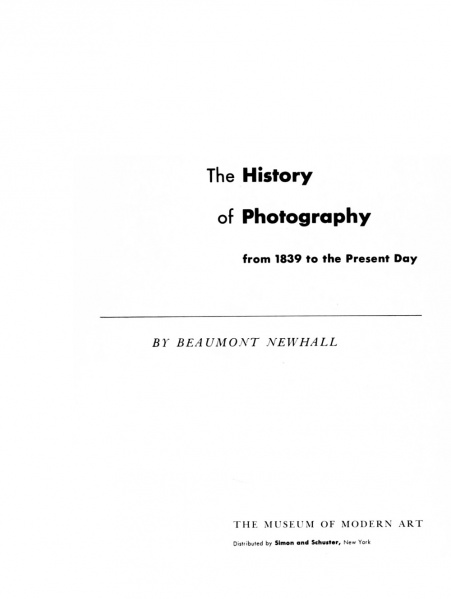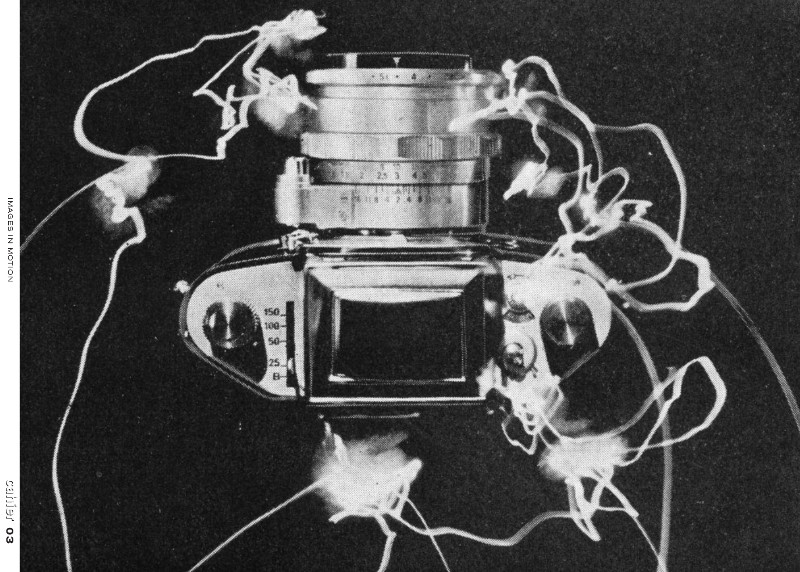Antiquity and Photography: Early Views of Ancient Mediterranean Sites (2005)
Filed under book, catalogue | Tags: · 1800s, antiquity, archaeology, architecture, history of photography, mediterranean, photography, sculpture

“The invention of the daguerreotype and calotype processes fundamentally changed scholarly and aesthetic approaches to the past. The accuracy and immediacy of photographs gave scientists a new means to document and study ancient architecture, artifacts, and language. At the same, the first photographers to visit ancient Mediterranean sites saw themselves as artists using the new medium to capture what had up to then been represented only by draftsmen or painters. The early photographs were rapidly disseminated among a wider audience eager to see, rather than merely imagine, the remnants of antiquity. Today these images are still prized, both for their vision and originality and for their inherent documentary value. The early photographs of the Roman Forum, the Acropolis in Athens, and the pyramids of Giza have made these sites a part of our shared cultural experience, fixing them in our minds as places of historic—and mythic—significance.
Antiquity and Photography explores the influence of photography on archaeology between 1840 and 1880. This was the period that saw the evolution of archaeology as a professional discipline as well as the rapid growth of the new photographic medium. With illustrations drawn from the collections of the Getty Museum and the Getty Research Institute, the essays in this book examine the growth of archaeology as a scientific discipline and its increasing reliance on photographic documentation, and they consider some of the conventions that came to govern the ostensibly objective photographs of antiquities and ancient sites. Biographical essays explore the careers of two major early photographers, Joseph-Philibert Girault de Prangey and William James Stillman. In addition, portfolios with works by Maxime Du Camp, John Beasley Greene, Francis Frith, Robert Macpherson, Adolphe Braun, and others testify to the strength and consistency of other early photographers who captured the antique worlds around the Mediterranean.”
By Claire L. Lyons, John K. Papadopoulos, Lindsey S. Stewart, and Andrew Szegedy-Maszak
Publisher Getty Publications, Los Angeles, 2005
Open Access
ISBN 0892368055, 9780892368051
226 pages
Reviews: Eisman (Bryn Mawr Classical Review, 2006), Rose (Archaeology, 2006), Damsker (PhotoCentral, n.d.).
PDF (32 MB, from the publisher)
Comment (1)Beaumont Newhall: The History of Photography: From 1839 to the Present Day (1949–) [EN, ES]
Filed under book | Tags: · art, art history, history of photography, photography

Since its publication in 1937 as an illustrated exhibition catalog, this scholarly chronicle of the history of photography has been hailed as a classic work on the subject.
Beaumont Newhall relates the aesthetic evolution of the art of photography to its technical innovations and presents a study of the significant trends and developments in the medium since 1839. The book features more than 300 works by such photographers as William Henry Fox Talbot, Timothy O’Sullivan, Julia Margaret Cameron, Eugene Atget, Peter Henry Emerson, Alfred Stieglitz, Paul Strand, Alvin Langdon Coburn, Man Ray, Edward Weston, Dorothea Lange, Walker Evans, Ansel Adams, Brassai, Henri Cartier-Bresson, Harry Callahan, Minor White, Robert Frank and Diane Arbus.
In 1938 the text and illustrations were reprinted, with minor revisions, as Photography: A Short Critical History. For the present volume the text was entirely rewritten and a new selection of illustrations made.
Publisher Museum of Modern Art, New York, 1949
256 pages
The History of Photography (English, 130 MB, no OCR)
Historia de la fotografia (Spanish, trans. Homero Alsina Thevenet, 2002, 80 MB, added on 2014-11-22)
Ingrid Hoelzl, Friedrich Tietjen (eds.): Images in Motion: Cahier #3 (2012)
Filed under cahier | Tags: · chronophotography, cinema, film, film history, film theory, history of photography, image, photography, time

The aim of this Cahier is to bring together contributions that, induced by digitalization but not confined to digital images, explore historical and contemporary image practices that are situated beyond the habitual definitions of photography and film. The first part of the essays traces the pre-digital history of photography as a time-image in early photography (Timm Starl), the implications of using photographic images for proto-cinematic optical toys (Friedrich Tietjen) and Auguste Chevallier’s translation of panoramic images into a circular image which upsets traditional notions of photographic temporality as much as notions of the frame (Katja Müller-Helle). The second part explores the historical legacy of the digital “moving still” such as the freeze effect (Eivind Røssaak) employed in the blockbuster film The Matrix (1999) or the ubiquitous Ken Burns effect (Ingrid Hoelzl) used as a display feature in Apple iPhoto and other photo-software. It is preluded by a visual essay by Maarten Vanvolsem and Jonathan Shaw. The essay assembles and discusses their respective artistic practice in relation to their chronophotographic predecessors such as Bragagila—in the unusual format of the photographic still.
Publisher Luca School of Arts, Brussels, December 2012
ISBN 9789490049072
78 pages
via Academia.edu

